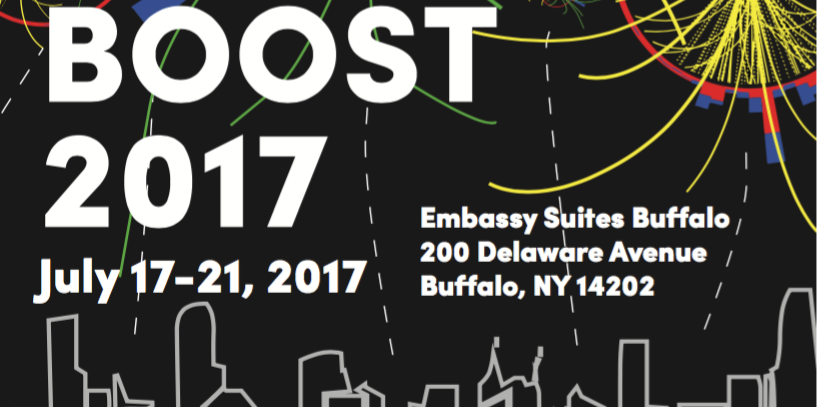Models predicting the production and decay of supersymmetric (SUSY) particles often have promising search channels involving decays through heavy intermediate states such as top quarks and heavy bosons. However, unlike in most exotics scenarios these heavy states are only moderately boosted which can make traditional substructure techniques less useful and motivates the development of...
Beyond the standard model theories like Extra-Dimensions and Composite Higgs scenarios predict the existence of very heavy resonances compatible with a spin 0 (Radion),spin 1 (W’, Z’) and spin 2 (Graviton) particle with large branching fractions in pairs of standard model bosons and negligible branching fractions to light fermions. We present an overview of searches for new physics containing...
Several theories beyond the standard model predict new particles decaying resonantly into dibosons or coupling to dark matter particles. Jet substructure and boson tagging techniques play a crucial role in searches for dark matter and diboson resonances in boosted topologies. In this talk, the application of these techniques at ATLAS will be discussed in the context of recent searches for dark...
We present a search for new massive particles (such as Z prime and W prime resonances) decaying to heavy-flavour quarks with the CMS detector at the LHC, and dark matter signatures involving boosted jets. Resonant ttbar, tb, and heavy quark plus vector-like quark production, along with missing pt plus boosted objects, are investigated. We use proton-proton collision data recorded at a...
Several models of physics beyond the Standard Model contain preferential couplings to top quarks. We present an overview of searches for new physics containing boosted top quarks in the final state, using proton-proton collision data collected with the ATLAS detector at the LHC at a centre-of-mass energy of 13 TeV. These results cover heavy gauge bosons, excited third generation quarks, or...
We present results of searches for massive top and bottom quark partners using proton-proton collision data collected with the CMS detector at the CERN LHC at a center-of-mass energy of 8 and 13 TeV. These considered models include vector-like quarks, excited quarks and supersymmetric quark partners. These particles can be produced singly or in pair and their decays result in a variety of...
